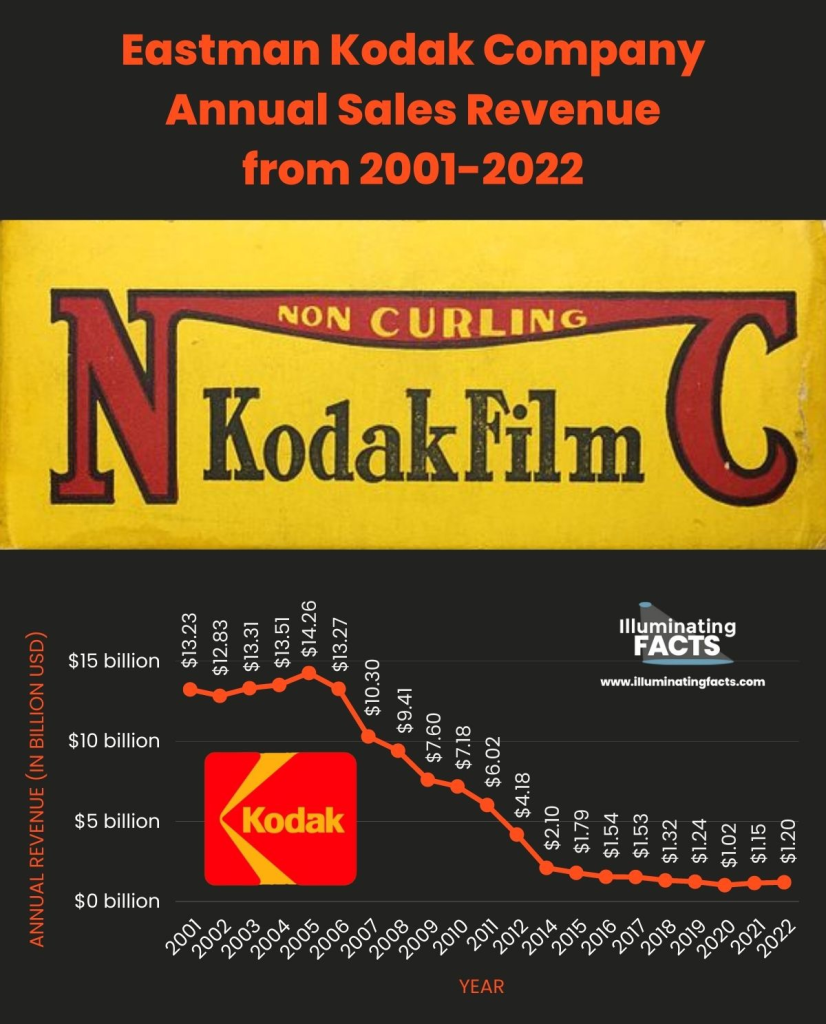In a world where markets and consumer preferences are constantly evolving, defining your target market remains a cornerstone of successful business strategy. J. Haynes, founder and CEO of Thrive in Business, challenges the conventional product-centric approach for market definition. This post builds upon Haynes’ insights, exploring how job-to-be-done (JTBD) can provide a more stable and insightful basis for understanding and defining your market.
The Limitations of Traditional Market Definitions based on Product
Transient Nature of Product-Centric Metrics
Haynes highlights a fundamental flaw in traditional market definitions: their reliance on product-focused metrics like units sold or price per unit. He uses the example of the iPod market to illustrate how product-centric markets are susceptible to change as consumer preferences and technologies evolve.
Whereas market defined based on the product ‘ipod‘ has declined, the market defined based on job-to-be-done of ‘creating mood with music’ has remained stable.

Why Stability Matters
Stable market definitions are crucial for long-term planning and strategy. By focusing on transient product metrics, businesses risk missing the enduring needs and jobs their customers are trying to fulfill.
Market ≠ Product
Market = Functional Job-to-be-done
Embracing the JTBD Framework for Market Definition
Understanding JTBD
At its core, the JTBD framework shifts focus from the product to the customer. It’s about understanding the underlying tasks or objectives—the ‘jobs‘—that customers are trying to accomplish.
Stability of Customer Jobs
Haynes emphasizes that while products might change, the fundamental jobs customers need to get done remain relatively stable over time. For example, while the mediums for listening to music have evolved (e.g., radio, tape, CD, DVD, Spotify, etc.), the underlying job of creating a mood with music remains constant. Whenever a new product will come in market offering a job-to-be-done faster and more accurately, people will switch from their older product to the new one. People’s concern is not the product, but job-to-be-done.
Products change; JTBD are stable.
JTBD in Various Markets
Consumer Market Example
In the consumer market, consider parents trying to get their baby to sleep through the night. Products might range from traditional cribs to modern smart sleep-aid devices, but the job remains the same.
Whereas market defined on the basis of a product ‘Encyclopedia Britannica‘ has declined, the market defined based on the customer job-to-be-done of ‘finding authentic information’ has remained stable.
For the same job-to-be-done, where Britannica declined, the Google thrived with a different product offering.
Business Market Example
For salespeople in the business market, acquiring new customers is a primary job. The tools and strategies may evolve, but the job’s essence persists.
Whereas market defined on the basis of a product ‘Kodak Film‘ has declined, the market defined based on the customer job-to-be-done of ‘saving and sharing memories’ has remained stable.
For a quite similar job-to-be-done of ‘capturing and sharing memories’, where Kodak film declined, digital cameras and Facebook thrived.

Medical Market Example
In healthcare, patients’ job of ‘optimizing health‘ is a constant. The way of achieving this job has changed dramatically with advancements in medicine and technology, but the core need endures.
Different Types of JTBD
Functional Jobs
Functional jobs are the main goals that customers are trying to achieve with a product or service. For example, the functional job of a car is to get you from point A to point B.
Emotional Jobs
Emotional jobs are the feelings that customers want to experience when using a product or service. For example, the emotional job of a car might be to make you feel safe and secure.
Social Jobs
Social jobs are the way that customers want to be perceived by others when using a product or service. For example, the social job of a car might be to make you look successful.
Consumption Jobs
Consumption jobs are the tasks and activities that customers need to do in order to use a product or service to get a functional job done. They include things like:
- Purchasing the product or service
- Learning how to use the product or service
- Maintaining the product or service
- Repairing the product or service
Consider example of a new parent who needs to get their baby to sleep through the night. The functional job is to ‘get the baby to sleep’, but there are also consumption jobs. These include: purchasing a crib, mattress, and sheets, learning how to swaddle the baby, and figuring out how to use a white noise machine.
Consumption jobs are important to consider because they can affect the customer experience. If a product is difficult to learn and use, or if it’s time-consuming or expensive to maintain, customers are less likely to be happy with it.
Here are some tips for designing products that make consumption jobs easier:
- Make the product easy to learn and use. This means having clear and concise instructions, providing tutorials, and making the product intuitive.
- Offer customer support. Make it easy for customers to get help if they have trouble using the product.
- Make it easy to purchase and return the product. Customers should be able to buy the product without any hassle, and they should be able to return it easily in case of non-satisfaction.
- Design the product to be durable and easy to maintain. This will help to reduce the need for repairs and replacements.
By making consumption jobs easier, you can create a better customer experience and increase customer satisfaction.
Key Takeaways
- Move beyond product-centric market definitions.
- Focus on the enduring jobs-to-be-done of customers.
- Apply the JTBD framework across various markets.
- Understand that correctly defining your market is pivotal for success.



